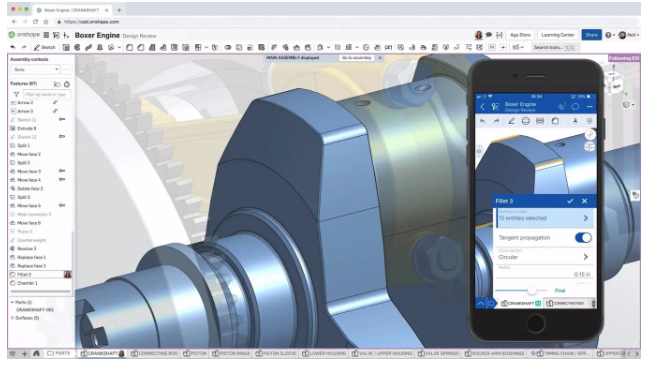
What is CNC Punching?
CNC punching, short for Computer Numerical Control punching, is a highly efficient and versatile manufacturing process used to create holes, shapes and designs in sheet metal. This article provides an insight into the fundamentals and applications of CNC punching in various industries.
How CNC Punching Works
The process begins with the creation of a digital design or pattern using CAD software. This design is then translated into machine instructions, guiding the CNC punching machine to execute the desired cuts and perforations on the metal sheet.
The CNC punching machine operates by positioning the sheet metal beneath the punching tool, which descends with precise force to create holes or shapes according to the programmed specifications. The versatility of CNC punching machines allows for the use of various tooling options, including punches and dies of different sizes and shapes, enabling a wide range of design possibilities.
Applications of CNC Punching
CNC punching finds extensive use across multiple industries, including automotive, aerospace, electronics, and architecture. In the automotive sector, CNC punching is employed to fabricate components such as chassis, panels, and brackets with intricate perforations for ventilation and weight reduction.
In aerospace, CNC punching creates lightweight, durable parts for aircraft structures and interiors. It’s also ideal for precision manufacturing in electronics, ensuring crucial cutouts for components and ventilation.
For those who are interested in learning more about the advantages of CNC punching machines and their applications, contact a specialist such as www.cotswold-machinery-sales.co.uk/euromac-bending-machines/punching-machines.
In conclusion, CNC punching is a versatile and cost-effective manufacturing process, crucial for creating precise holes, shapes and designs in sheet metal across diverse industries. It ensures high-quality, accurate, and consistent production of components and products.




Average Rating